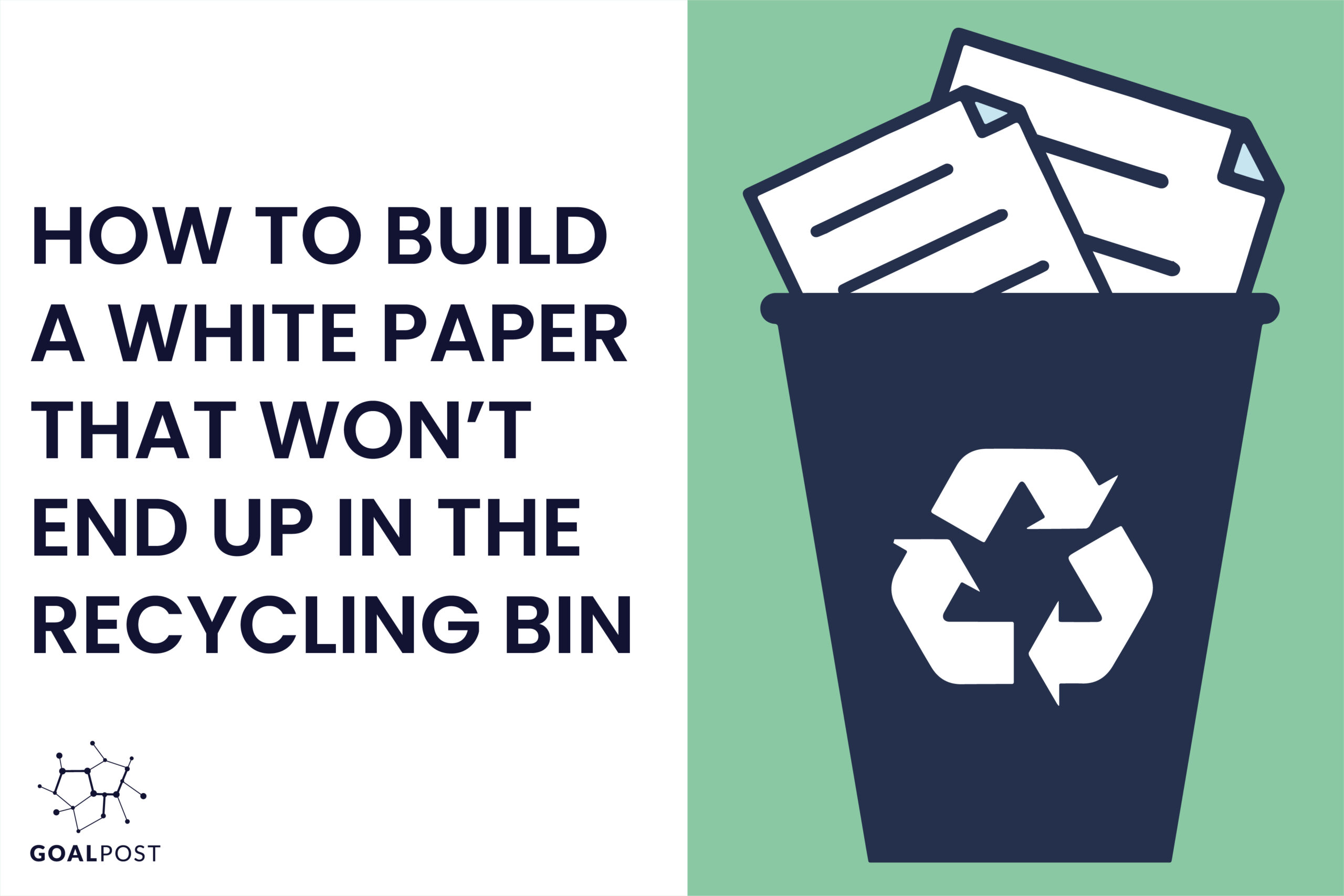White papers are in the top four marketing methods preferred by companies worldwide. White papers communicate information about their business or product.
Designed to answer a question or solve a problem, white papers take complex ideas and make them easy for customers or investors to understand. A combination of text copy and stimulating visuals, white papers appeal to both right and left brained individuals. White papers make digesting a large amount of information quick and simple.
Nearly half of all businesses use, or have used, white papers as part of their marketing strategy. Here are three ways you can enhance your business’ next whitepaper and prevent it from ending up in the recycling bin.
1. Make it visually appealing
First thing’s first: consider your audience.
By nature, white papers are aimed at decision makers, both in business and in household purchasing decisions. These individuals tend to be older than 35, meaning they are more likely to struggle with limited vision. Make sure both your copy and your imagery are large enough to read with ease, and avoid busy backgrounds.
Don’t be afraid of white space. Before adding any form of photography, graph or chart, ask yourself if the addition of imagery helps elevate the message of the text. If not, leave it out.
Finally, make sure fonts are cohesive and within the same font family. Nothing is worse than trying to read an important message in a text that is competing for the attention of the reader.
2. Make it informative
The true test of a white paper is whether the reader can easily articulate the main idea that was presented.
No matter what the content of your white paper is, it should be understandable to the average person who has little knowledge of what you do or what you’re selling.
The key to condensing years’ worth of information into a single sheet of paper is determining the main idea (or ideas) you are trying to communicate. Zero in on one or two things, and build out the content of your white paper around a central theme.
Are you wanting to inform customers about a new service or product? Detail the timeline of an upcoming project? Inform investors about exciting changes to company structures? Present key points with directness and clarity, leaving room for follow-up questions at the end.
3. Make it impossible to forget
Every white paper should contain an element of value that prevents it from being tossed into the recycling bin after a quick glance.
Maybe this is a detailed pricing structure that can act as a reference point for future contracts or comprehensive annual statistics to help inform purchasing decisions. Whatever it is, make sure you highlight the key value of your white paper with compelling text and imagery.
Remember, your white paper is being read by real people, so make it human. Be professional and descriptive in your marketing. Balance the corporate speak with engaging elements that give the reader room to pause and reflect.
In the end, your white paper should tell a story. What problem can you help solve, and what steps are necessary to achieve an ideal outcome? Outline this path to success in your paper, and make yourself available to guide the reader to the next point of contact with your brand — be it a consultation, email campaign, or final purchase decision.
At Goalpost Group, we help our clients break the cycle of bad marketing using strategy, structure, and killer content that drives sales and wins the day. Get in touch with a member of our team to learn more about how we can help transform your marketing.





